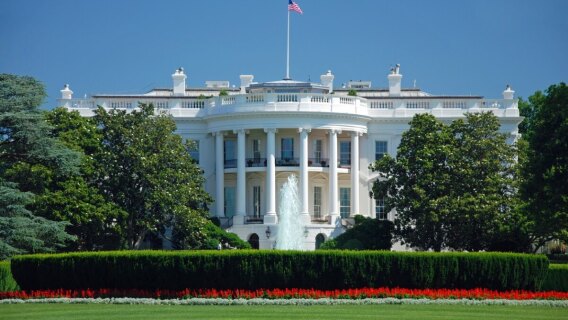A Lot is Riding on the Democratic Primaries. Will the Outcome Impact Stocks? Recent History Says No ... with One Exception.
Democratic Primary season is in full swing with Super Tuesday now in the rearview mirror, and the outcome is very much up in the air.
Joe Biden just reclaimed his status as the frontrunner, with surprise wins in Texas, Minnesota and Massachusetts and a dominant performance in southeast states such as Virginia, North Carolina and Tennessee. But Bernie Sanders is right there, thanks to early wins in New Hampshire and Nevada and Super Tuesday victories in Colorado and Utah, and most important, California, the crown jewel of the Democratic primary. Though it’s basically down to Biden vs. Bernie, it still feels as though this hard-to-predict primary season will impact the stock market greatly. But do political primaries normally do that?
I didn’t know the answer myself, so I did some research, reviewing the behavior of the S&P 500 during the last five political primaries, dating back to 2000, when the Republicans and Democrats held primaries on the heels of Bill Clinton’s eight-year term as President. In each case, I measured from the beginning of February to the date of the last national convention (be it Republican or Democratic, if both parties were holding primaries that year), which typically occurs in July or August. Thus, there’s some variance in the length of past primaries—as short as five and a half months and as long as seven months.
[text_ad use_post='129622']
Here’s what I found:
Primary Season and the Stock Market: A History
2016: +15.7%
2012: +3.9%
2008: -3.8%
2004: -3.7%
2000: +4.6%
Well, that doesn’t tell us much!
In three of the last five presidential primary seasons, the S&P 500 has posted gains; in the other two years, it fell. And there’s no difference between which party was holding primaries (in two cases, both of them were); the results seem rather random.
That said, I have several takeaways from this data. One, stocks tend to rise or fall roughly the same amount – between 3.5% and 4.5% – during the six to seven months that primary season lasts. The lone exception was four years ago, when Donald Trump won the Republican nomination and stocks spiked more than 15%.
My second takeaway is that whatever direction stocks were going heading into primary season is the same direction they tended to continue going during primary season ... with one notable exception.
For example, in the six months prior to the dual Republican and Democratic primaries in 2000, stocks had advanced 9.5%, continuing a multi-year advance on the last legs of the infamous dot-com boom (and subsequent bust).
On the other hand, the 2008 presidential primaries were squarely in the midst of the worst U.S. recession since the Great Depression. The S&P 500 topped out in October 2007, and was in a steady decline heading into the beginning of primary season in February 2008 and continued to fall until both presidential candidates (Barack Obama and John McCain) were identified that summer.
A Trump Anomaly?
Four years ago, however, was the exception. In the six months prior to primary season kicking off for both parties in February 2016, the S&P 500 had fallen 9.5%. Then, primary season began, Donald Trump emerged as a surprisingly real threat to win the White House, and stocks took off. Was it an anomaly - abnormal behavior in the stock market reflecting an unconventional candidate? Or was it a sign of things to come in this politically charged climate in which our politics seem to seep into every pore of our society, including Wall Street?
We’ll see. I tend to think 2016 was an anomaly in the data. Four out of five times stocks just kept going in the direction they were already going, impervious to the influences of political primary season.
However, this year there’s a major caveat: when primary season began a month ago, stocks were going up and had been since October. Then, coronavirus happened, taking stocks down nearly 13% in late February. It could take months for stocks to get back to their mid-February, pre-correction levels. So like 2016, this too could be a bit of an anomaly.
All that being said, you shouldn’t invest in stocks based on the primary calendar. Invest based on what the charts are telling you. And right now, the charts are screaming to stay on the sidelines until coronavirus fears subside and markets establish a firm bottom. My advice? Cut your biggest losers, hang onto your winners, keep new buying to a minimum, and when stocks start to stabilize (i.e. for more than just a day or two), pounce.
Biden vs. Bernie is important - just not necessarily to your portfolio.
[author_ad]
*This post has been updated from an original version.

